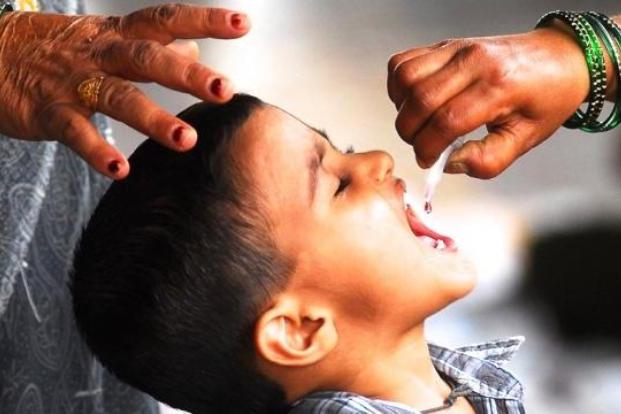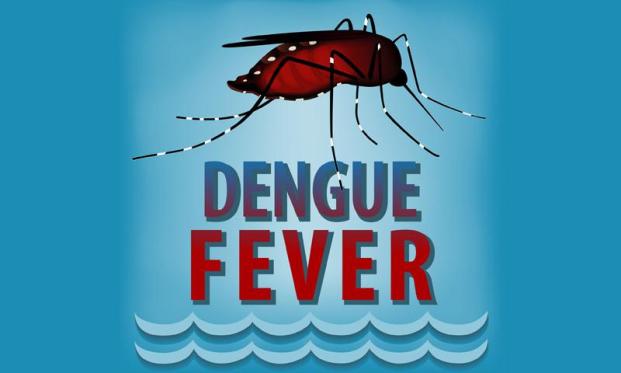Categories
- Bariatric Surgery (11)
- Black Fungus (5)
- Bone Marrow transplant (3)
- Brain Tumor Surgery Navigation Technology (20)
- Cardiac Surgery (66)
- Cardiology (97)
- Computer navigation technology for joint replacements (20)
- Covid Vaccination (17)
- Critical Care (2)
- Dental (19)
- Dermatology (31)
- Dialysis Support Group - “UTSAAH” (11)
- Dietitian (33)
- Emergency Medicine (4)
- Emotional Health (11)
- Endocrinology (33)
- ENT (20)
- Gastroenterology and GI Surgery (53)
- General and Laparoscopic Surgery (21)
- General Surgery (4)
- Gynecology & Obstetrics (183)
- Hematology (20)
- Internal Medicine (294)
- Kidney Transplant (50)
- Kidney Transplantation (20)
- Lung Cancer (8)
- Minimal Invasive Surgery (1)
- Mother & Child (20)
- mucormycosis (5)
- Nephrology (61)
- Neurology (147)
- Neurosurgery (68)
- Nutrition and Dietetics (107)
- Omicron Variant (1)
- Oncology (288)
- Ophthalmology (10)
- Orthopaedics & Joint Replacement (86)
- Paediatrics (59)
- Pediatric Nephrology (3)
- Physiotherapy (5)
- Plastic & Reconstructive Surgery (6)
- Psychiatry and Psychology (90)
- Psychologist (28)
- Pulmonology (72)
- Rheumatology (13)
- Spine Services (21)
- Transradial Angioplasty (16)
- Urology (84)
Query Form
Posted on Apr 19, 2022
Malaria symptoms, diagnosis and treatment
Malaria is a parasitic disease transmitted by mosquitoes. Parasite is plasmodium (Vivax, falciparum, ovale, malariae) and vector is anopheles’ mosquito. Initially the mosquito bites an individual and release the parasite.The parasite stays in liver for few days and is then released from there to enter into blood. When parasite enters the red blood cells, lysis of RBCs happen and parasite get released into the blood. If the mosquito bites the infected person then mosquito gets the parasite.If untreated it leads to morbidity and mortality.

Symptoms
Some common symptoms are fever and chills, body ache, vomiting, abdominal pain, jaundice, anemia, altered sensorium, seizures, decreased urine output. It may also result in rarely acute respiratory distress syndrome.
Malaria is diagnosed by peripheral smear examination for malaria and malarial antigen. Other blood tests are done to evaluate organ system involvement. Treatment of malaria is Artemisinin based combination therapy or quinine. It can be given orally or through intravenous route depending on severity of malaria.
During pregnancy quinine is the drug of choice for malaria.Hydration is maintained through oraland intravenous route.If there are seizures or altered sensorium brain imaging is done to rule out other causes. Anti epileptics are started for seizures.
If kidney injury is present then dialysis may be required. If patient has acute respiratory distress syndrome ventilatory support is required.Any patient with severe malaria is treated in critical care units with close monitoring.It is very important to take steps for prevention of malaria.
Protection Tips
While sleeping and going outdoors we should wear full sleeve clothes.Protective skin creams or gels should be applied. Nets can be used over beds and around windows. We should not allow the water collection in near by areas. Awareness should be created by teaching people about symptoms of malaria, it’s complications and how to prevent it.
Local authorities should be involved in prevention of vector borne disease programs.Malaria is a preventable vector borne disease. If preventive steps are taken at appropriate time, we can save many lives. Steps should be taken by people themselves as well as the government officials for its prevention.



